JAEA has been conducting research and development (R&D) on the geological disposal of high-level radioactive waste (HLW) by utilizing former mine sites and conducting investigations from a hydrological perspective. Recent studies have revealed that a rich diversity of life exists deep underground. Although the organisms inhabiting these environments are microscopic microorganisms, their roles in the subsurface ecosystem remained unclear.
In this study, researchers examined underground microbial communities and conducted a comprehensive analysis of their metabolic reactions over several years. Groundwater samples were periodically collected from depths ranging from 140 to 400 meters, and a method known as “metagenomic analysis” was used to continuously examine the genetic information of the microorganisms in the groundwater. The results showed that bacterial and archaeal groups were predominant in granite environments, though their proportions decreased with increasing depth.
In contrast, in sedimentary rock environments, the detection rate of bacterial groups was extremely low. However, about 90% of archaeal groups were found to synthesize amino acids and lipids, demonstrating that the composition of microbial communities differs between granite and sedimentary rock environments.
Additionally, in the sedimentary rock formations at Horonobe, the presence of iron, organic matter, and CO₂ facilitated beneficial metabolic reactions for microorganisms. The researchers concluded that “hydrogen and CO₂—substances commonly found in underground environments—are primarily utilized as energy sources.”
Geological disposal of high-level radioactive waste involves constructing disposal facilities at depths greater than 300 meters underground. Based on the characteristics of microbial communities, JAEA concluded that “underground conditions remain stable over long periods in environments where groundwater flow is extremely slow.”
Moving forward, the agency aims to enhance confidence in the safety of geological disposal systems by incorporating genetic information of microorganisms into further studies on radionuclide migration in geological formations.


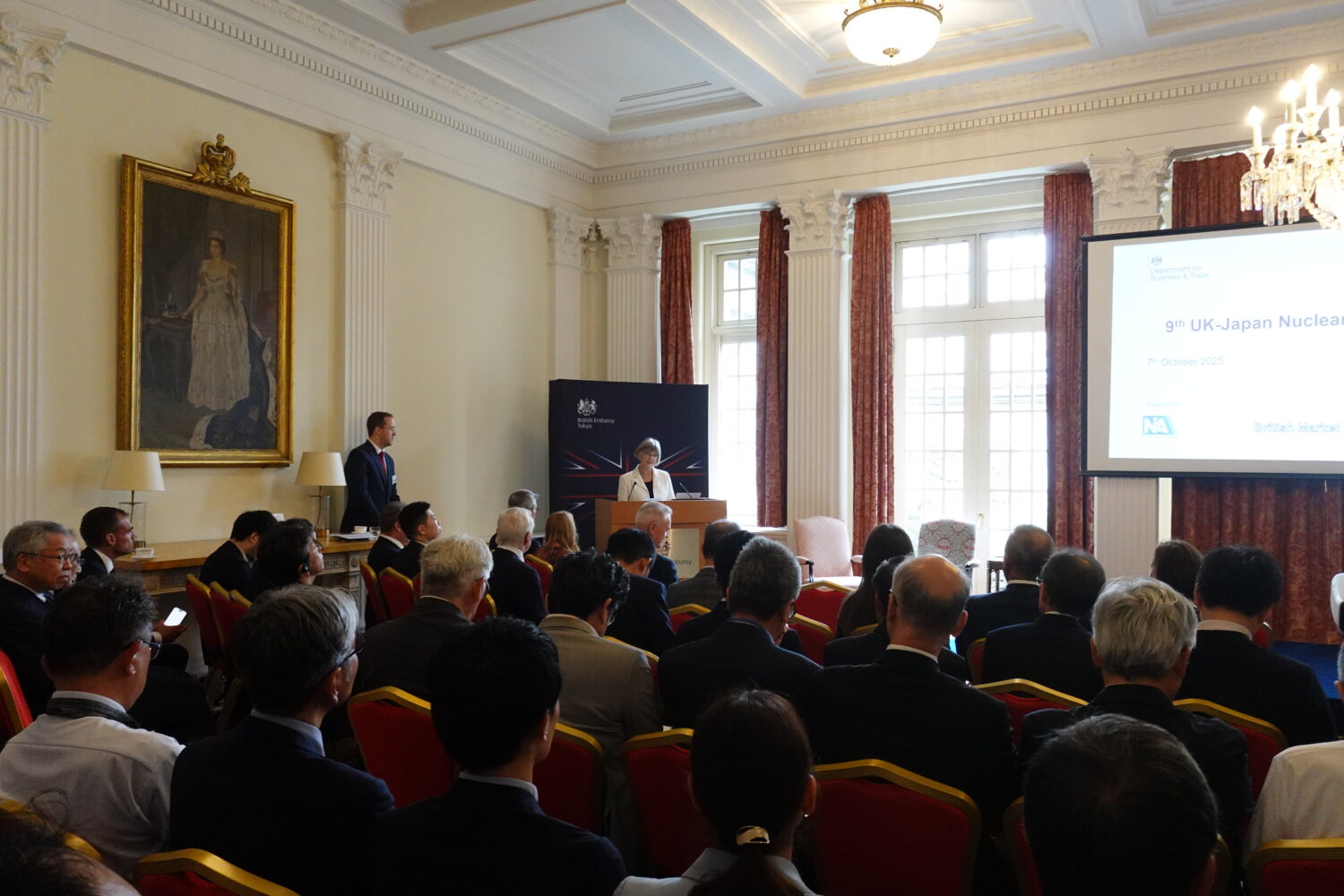

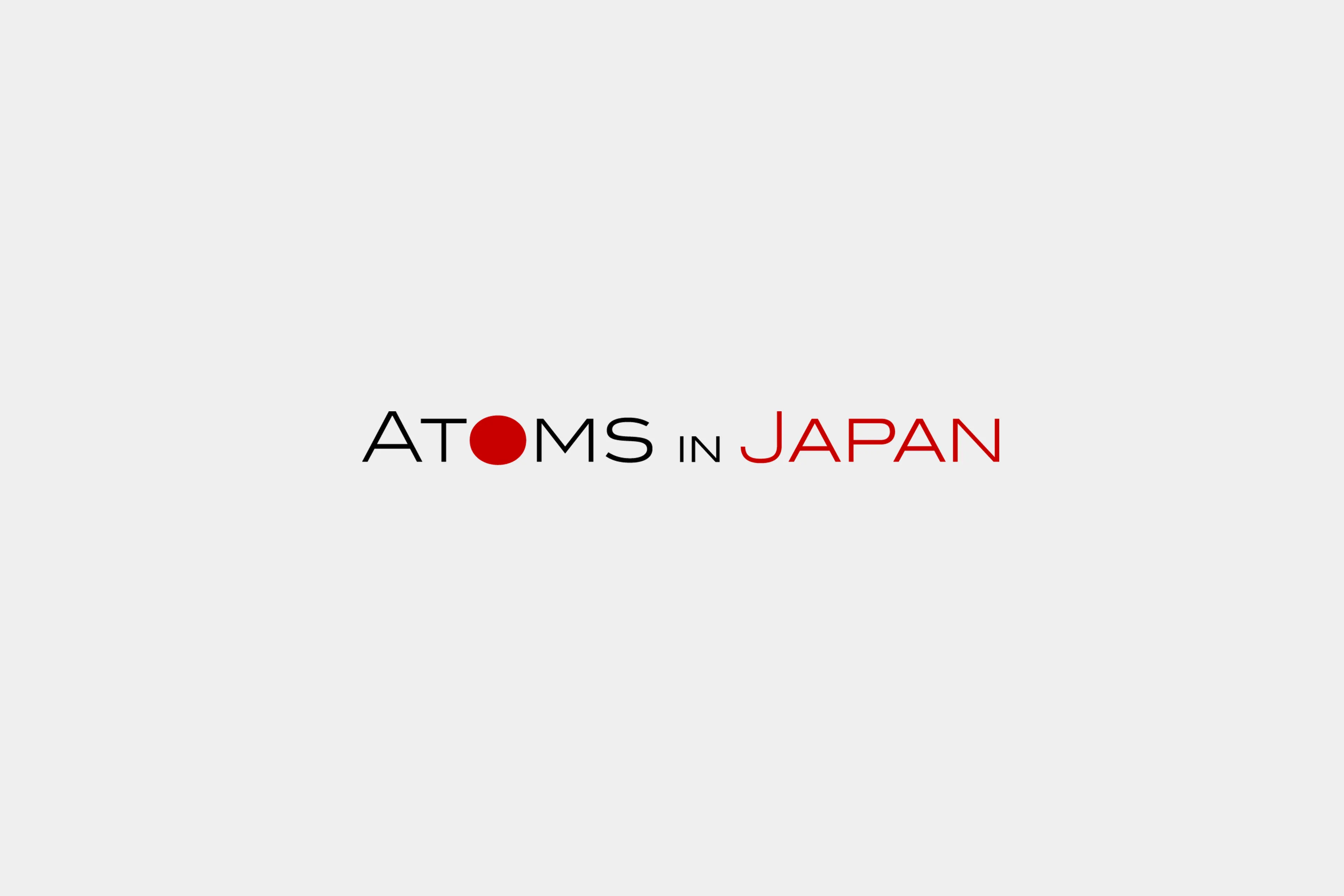

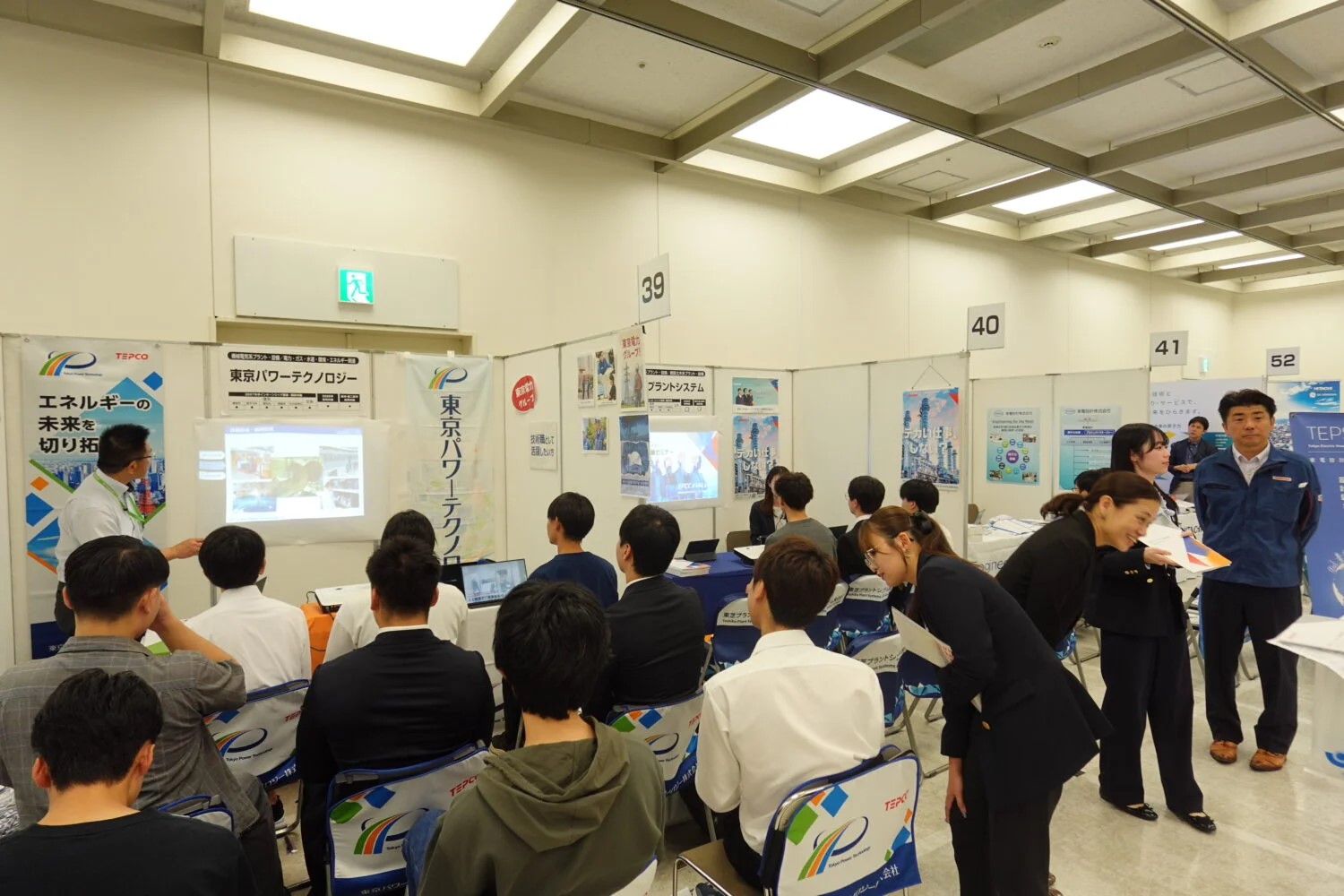

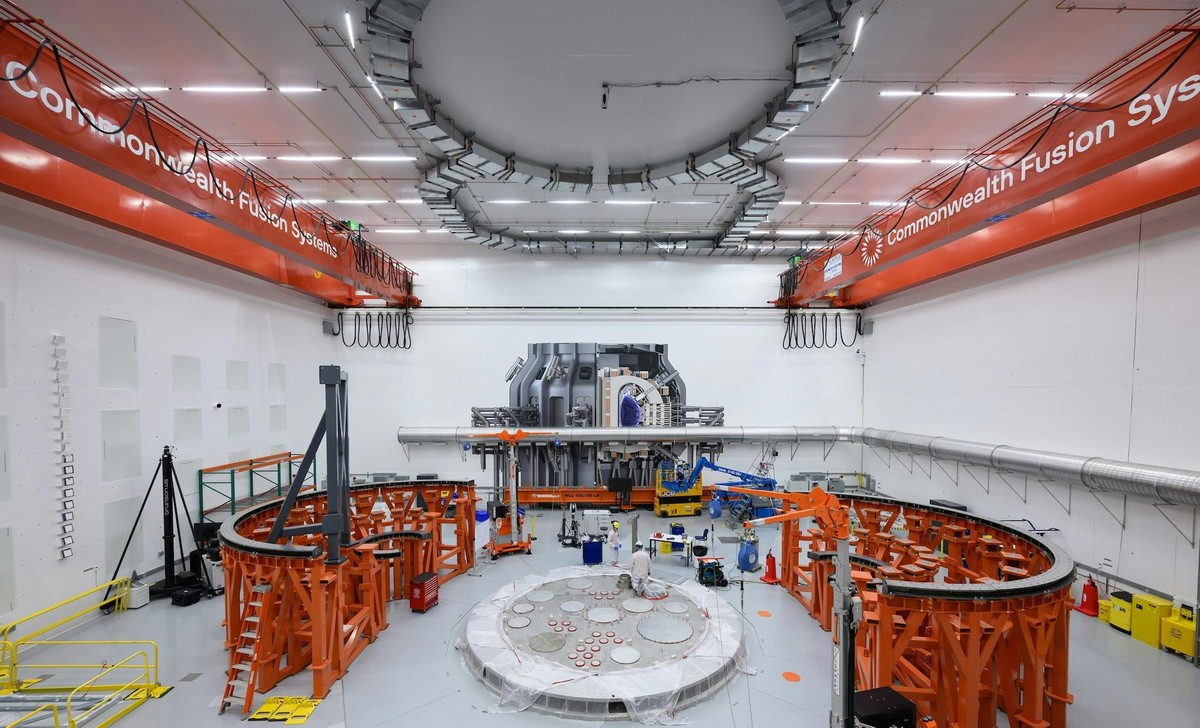
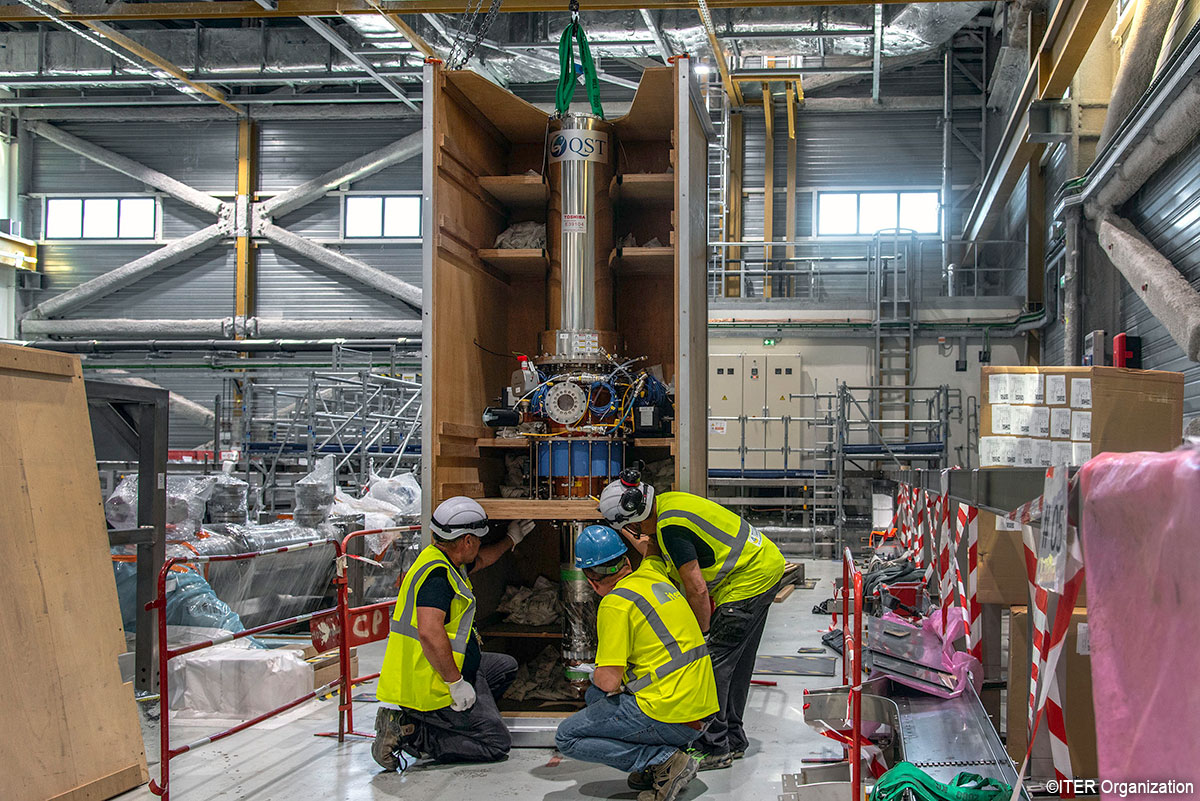
.jpg)




